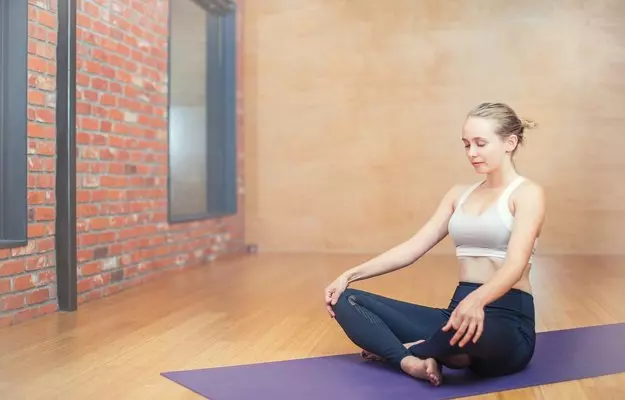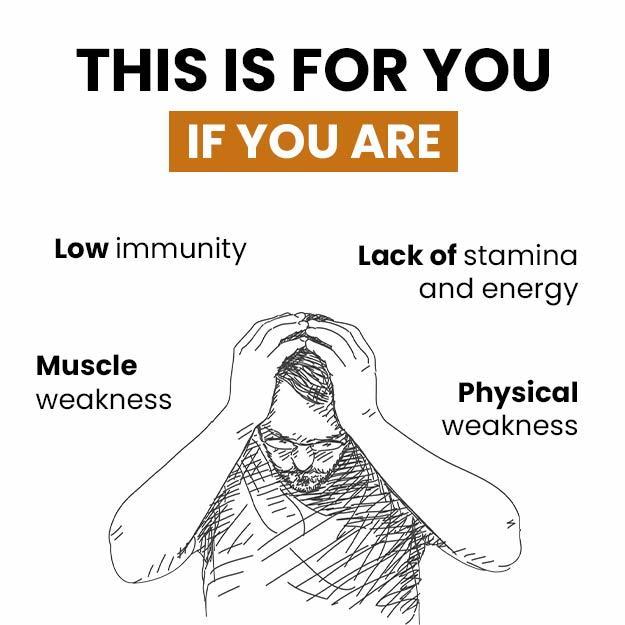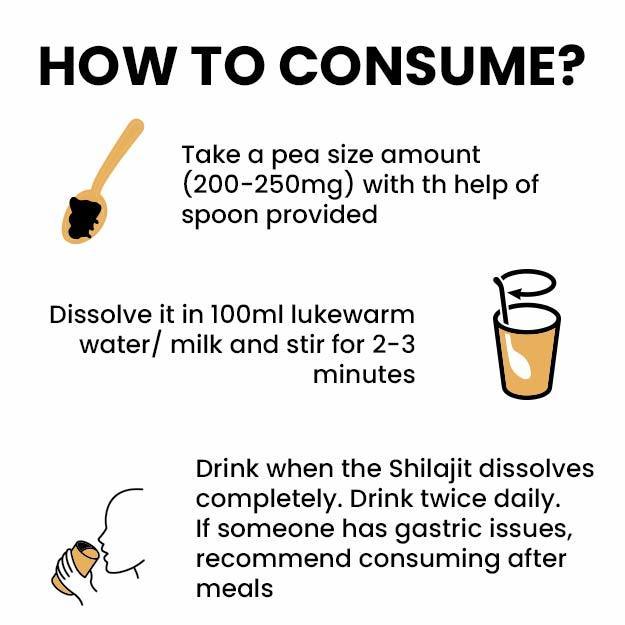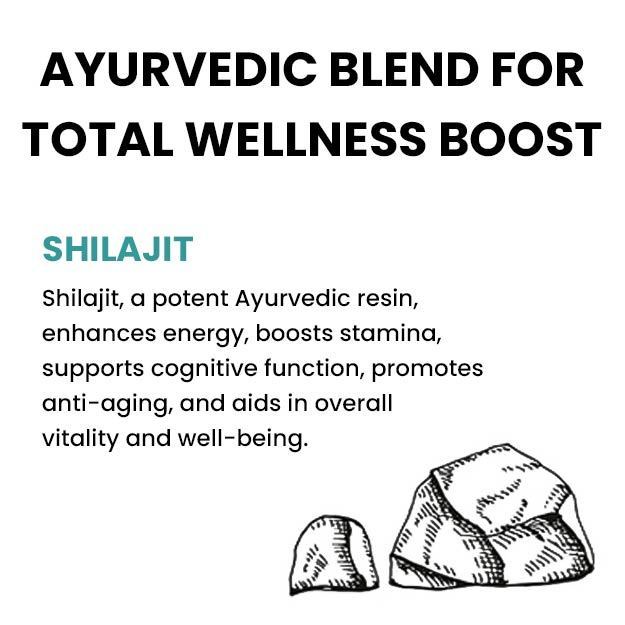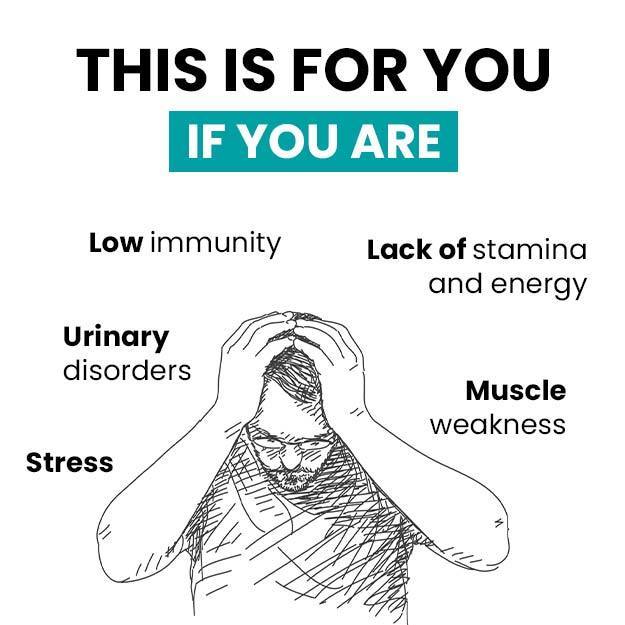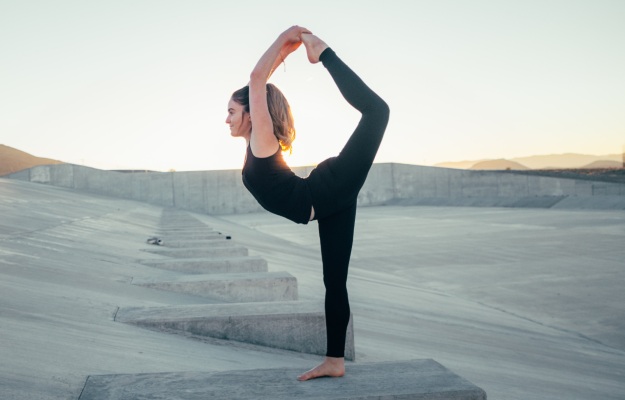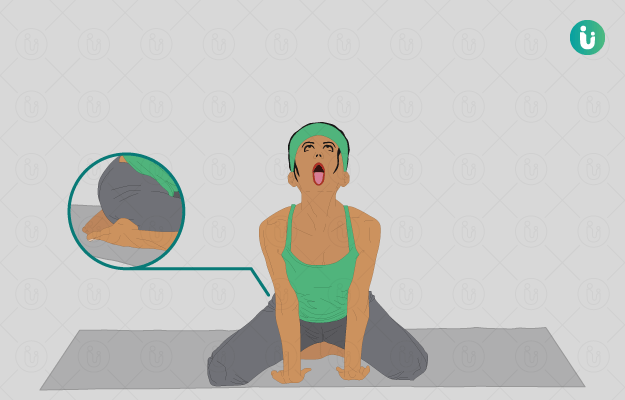Meditation may seem like a mental process but it is much more than that. It is definitely a stress buster but it has several other benefits for the overall health and well being. Let’s take a look at what you might gain by meditating regularly.
Stress reduction
One of the best and well-studied benefits of meditation is stress reduction. In fact, most people resort to meditation for managing stress. Studies suggest that transcendental meditation is very useful for reducing work-related stress and improving performance.
According to a review article published in the Journal of Alternative and Complementary Medicine, regular meditation is an excellent tool for improving mood and reducing stress. Who knew something as simple as breathing can help you perform better at work and unload all the stress.
Reduces anxiety and depression
Meditation not only helps reduce stress but also it is effective in managing depression and anxiety. Several studies prove the efficacy of regular meditation practices in improving these conditions. A meta-analysis of random clinical studies indicates that meditation is the best alternative therapy for reducing anxiety. Though its benefits are restricted to improving anxiety symptoms not many benefits have been found in the treatment of clinical anxiety disorders.
Further, studies claim that meditation helps in reversing some physiological abnormalities underlying depression and facilitate the reduction of depression in family dementia caregivers who are under constant stress from dementia and Alzheimer’s patients.
Improves cognition and memory
We all know that meditation reduces stress and anxiety levels but do you know it also improves brain function, particularly memory and cognition? Evidence indicates that kirtan kriya reduces neurodegeneration and improves cognition in Alzheimer’s and can be used as a combination therapy along with currently employed drugs and exercises for Alzheimer’s treatment. Meditation also improves attention and focus by improving oxygen supply to the brain, as evident by further studies. So, get onto that meditation routine you have been procrastinating on.
Pain reduction
As amazing it might seem, meditation does reduce pain to a great extent. Don’t trust me? It has been proven scientifically that regular meditators have a lower pain perception in the sensory regions of the brain. It is due to the increase in grey matter in the cortex region of the brain. However, according to a recent review article, a reduction in pain intensity is more commonly seen in meditation beginners while the unpleasant feeling associated with pain reduces in more experienced meditators. Regular meditation has also been found to aid in fibromyalgia and back pain management by improving the coping efficiency.
Reduces blood pressure
In the busy life of the modern century, it is easy to fall prey to common conditions like stress and high blood pressure. Youngsters and adults are increasingly being prone to elevated blood pressure due to lifestyle and dietary factors. As a stress relieving technique, meditation is quickly gaining popularity for the alleviation and prevention of hypertension. Studies demonstrate a significant reduction in systolic and diastolic blood pressure of regular meditators. In a clinical trial including 298 students, regular transcendental meditation for a period of 3 months was found to improve stress associated blood pressure levels in both healthy and hypertensive individuals. However, more studies are needed to prove the efficiency of meditation in high BP therapies.
Meditation benefits for heart
Heart diseases are one of the major causes of hospitalisation and mortality all over the world. Several risk factors are responsible for the prevalence of heart diseases. These include high blood pressure, high cholesterol, stress and insulin resistance. Fortunately, meditation helps in improving all of these.
Extensive studies have been done to assess the benefits of regular meditation in reducing cardiovascular diseases. These studies demonstrated a reduction in heart diseases and CVD mortality by integrating meditation in daily routine. Not only does it improves BP but also reduces cholesterol. Additionally, it improves insulin resistance and reduces the level of stress hormones in the body. And what’s best, it does not have any side effects that come with the conventional drugs.
Improves sleep quality
Meditation, especially mindfulness meditation improves the quality of sleep and REM, as demonstrated by clinical studies. Adept meditators have shown a much higher level of low wavelength sleep which corresponds to better and relaxed sleep duration. Sleep disturbances are quite common in older adults. Recent studies indicate that mindfulness meditation can aid them in getting a sound sleep. It has been found that yoga meditation improves the levels of melatonin hormone, which is responsible for maintaining diurnal cycles. The benefits of regular meditation are mild in case of insomnia. However, it has been suggested to have some use in combination with conventional therapy.
Prevents addiction relapse
Meditation improves self-control and awareness which makes it easier to deal with addictions and in avoiding relapse. Clinical studies demonstrate that mindfulness meditation could be beneficial in avoiding alcohol addiction relapse when used as in adjunct with the current treatment modalities. Meditation is not only good for alcohol addiction but also it has shown some effectiveness in improving smoking and sex addiction. However, the safety and efficiency issues still need further investigation.

